Living in Lancaster means dealing with Pennsylvania’s unpredictable weather, and if you have a flat or low-slope roof, traditional shingles simply won’t cut it. One day it’s sunny, the next you’re getting hit with heavy rain that needs to drain properly from flat surfaces.
Most homeowners with flat roofs don’t think about their roofing system until water starts to pool or leak through. I’ve seen too many Lancaster property owners deal with emergency rubber roof repairs that could have been prevented with proper installation and basic maintenance.
The issue is that flat roof problems don’t announce themselves dramatically; water finds the smallest opening and spreads, often causing damage that won’t be visible until it becomes extensive and expensive.
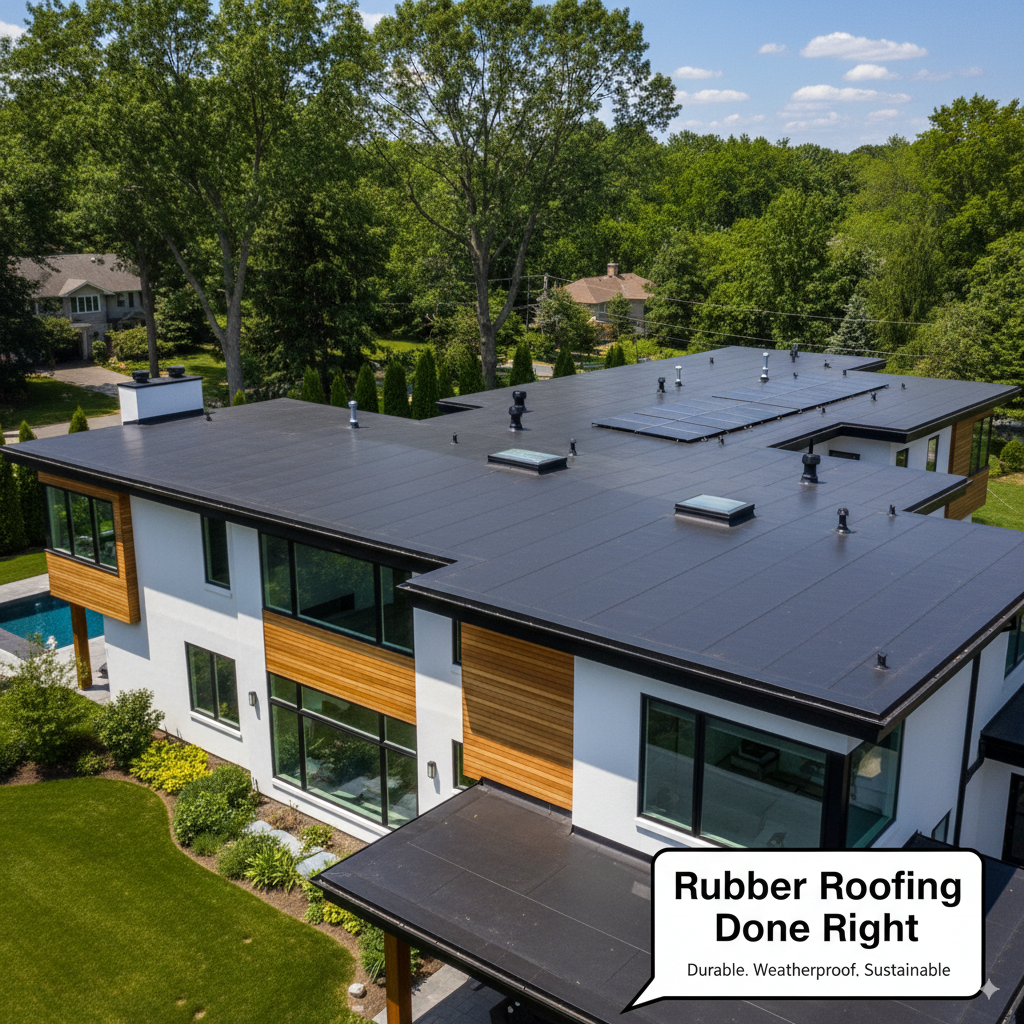
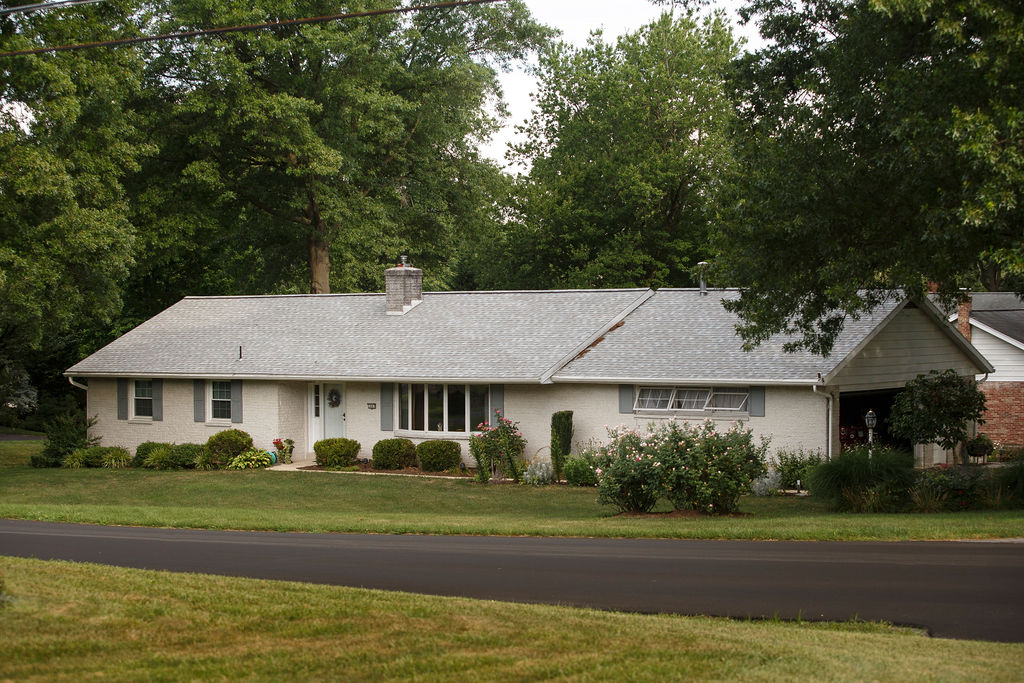
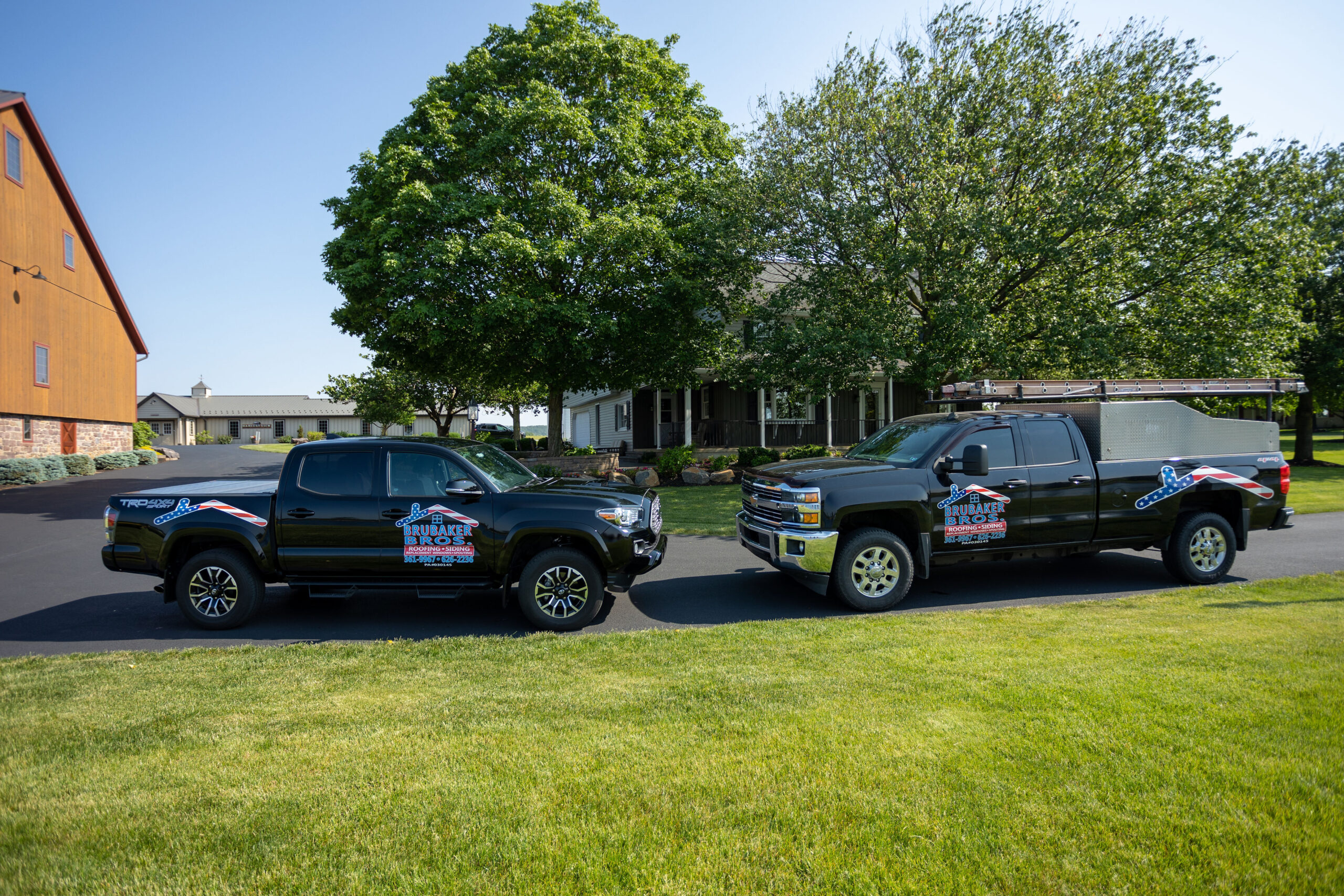
• Water stains on ceilings or walls • Peeling paint around roof lines • Higher energy bills (could indicate poor roof insulation) • Musty odors in the attic
• Pooling water that doesn't drain after rain • Cracked or blistered roofing membrane • Loose or damaged flashing around roof edges • Visible tears or punctures in existing roofing
• New leaks or water intrusion • Debris puncturing the roof surface • Damaged roof drains or scuppers • Ice dam formation on low-slope areas
Some Lancaster neighborhoods have mid-century homes with flat or nearly flat roofs. These roofs can't use traditional shingles because water won't shed properly. Rubber roofing creates a waterproof membrane that handles standing water and gradual drainage.
Lancaster's retail stores, warehouses, and office buildings frequently use rubber roofing systems. The large, flat roof areas work well with membrane systems that provide reliable waterproofing.
Many Lancaster homes have garage additions or sunrooms with low-slope roofs. These areas often require rubber roofing because it's cost-effective and effectively handles the drainage challenges associated with these roof designs.
Lancaster’s humidity exacerbates flat roof problems. Water seeps into your roof deck, and your insulation becomes soaked. Before you know it, you’re dealing with structural damage and mold issues. I’ve seen property owners spend more on water damage repairs than they would have on a complete rubber roof replacement.
Rubber roofing creates a continuous waterproof barrier that prevents these problems when properly installed and maintained.
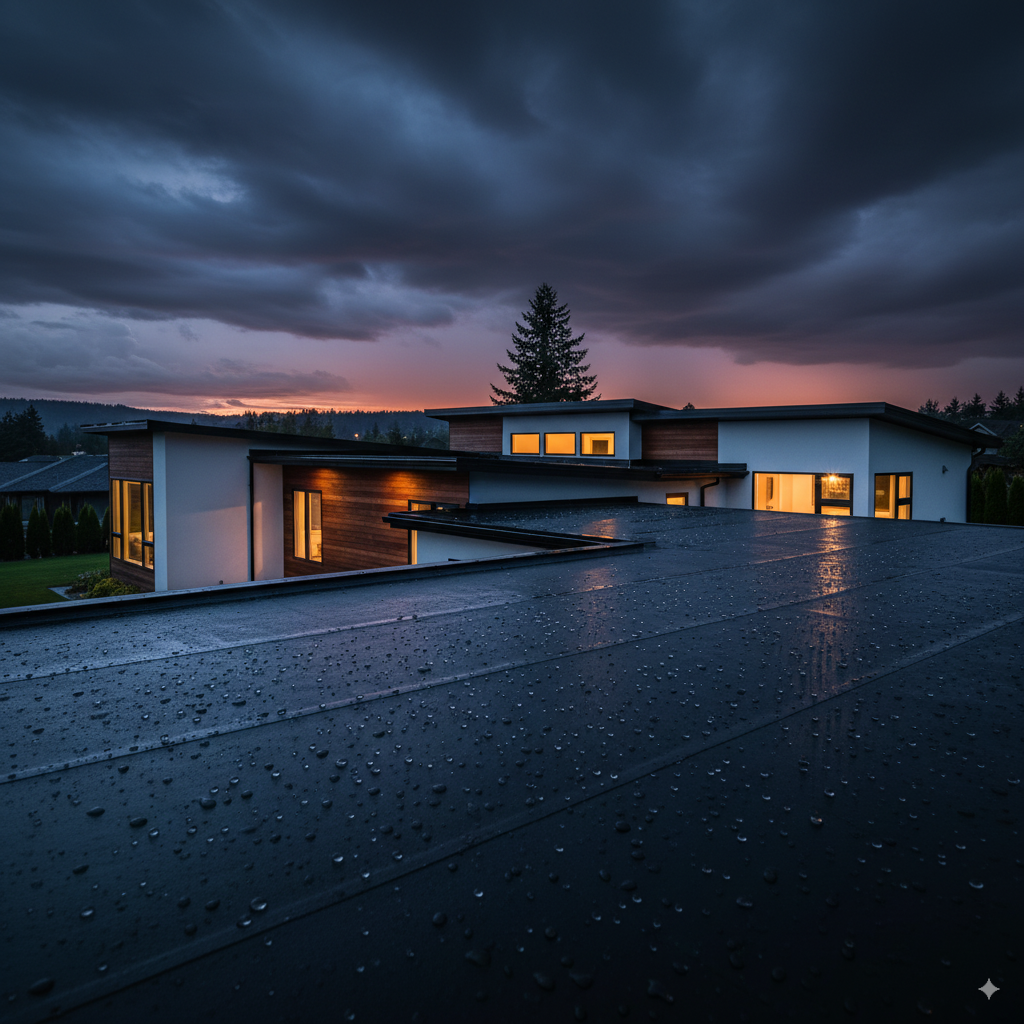
EPDM (Ethylene Propylene Diene Monomer) is the most common rubber roofing material. It comes in large sheets that create fewer seams and potential leak points. EPDM is durable, UV-resistant, and well-suited to handle Lancaster's temperature extremes.
TPO (Thermoplastic Polyolefin) is heat-welded at the seams, creating strong, permanent joints. TPO reflects heat better than EPDM, which can help reduce cooling costs during Lancaster's hot summers.
This combines traditional asphalt with rubber modifiers. It can be torch-applied or installed with peel-and-stick methods. Modified bitumen is well-suited for Lancaster properties that require a solution between traditional built-up roofing and full rubber systems.
For complex roof shapes or repair situations, liquid rubber creates a seamless membrane that conforms to any surface, providing a durable and seamless finish. This works well for Lancaster's diverse architectural styles and intricate roof geometries.
This is the most common question we get. Here’s how we look at it:
Your roof is less than 15 years old
Damage is localized to one area
The underlying structure is sound
You're planning to stay in the home short-term
Multiple areas need work
Your roof is approaching 20 years old
Energy bills keep climbing
You're finding new problems every season
Lancaster’s architecture varies widely, from historic commercial buildings to modern industrial facilities. Each presents different challenges for installing rubber roofing. Historic buildings might have unusual roof configurations, while newer structures often have specific drainage requirements.
Local building codes matter too. Lancaster County has specific requirements for roof drainage, insulation levels, and attachment methods that impact the selection and installation of rubber roofing.
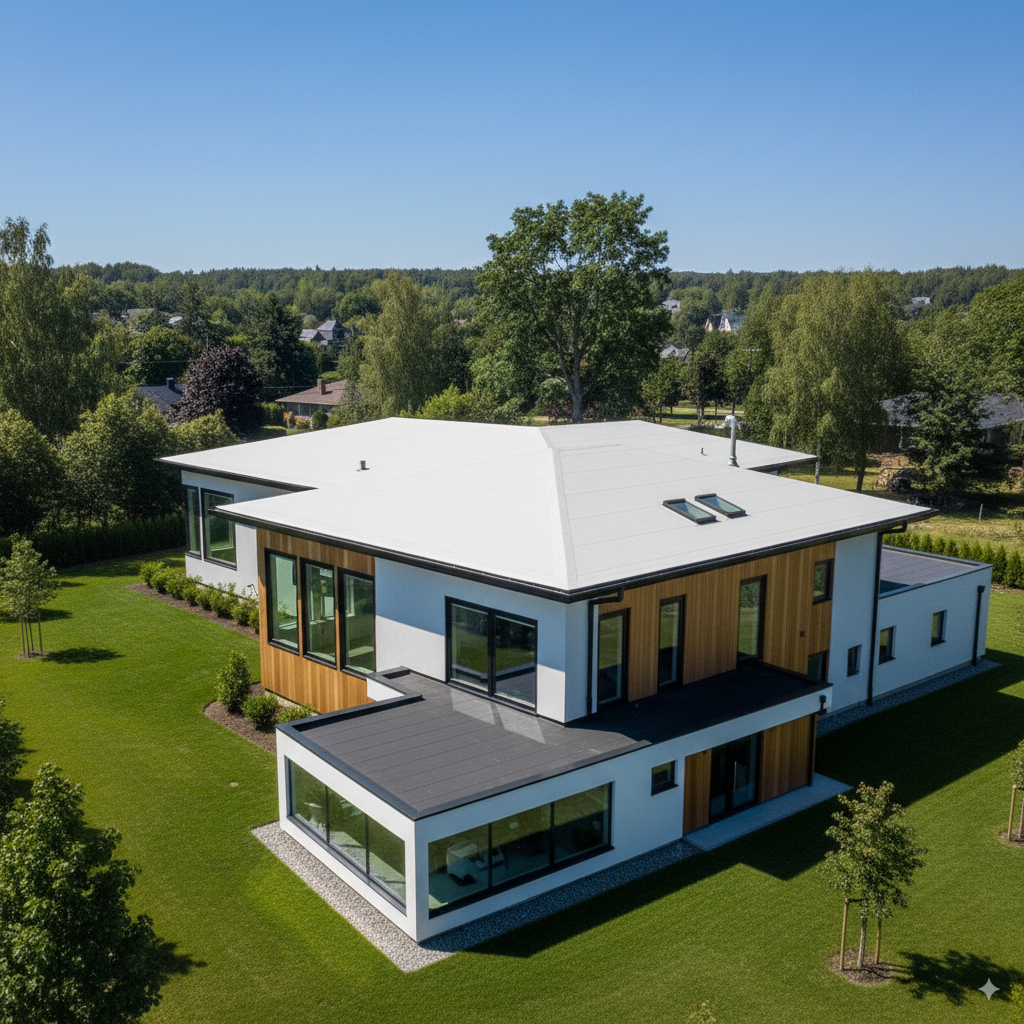
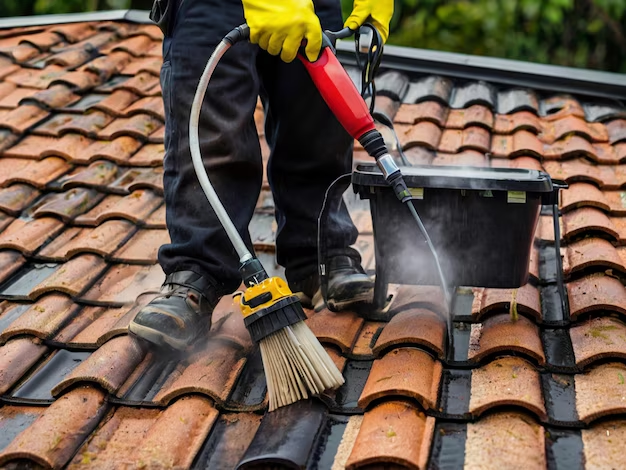
Not all roofing contractors are familiar with flat roof systems. Rubber roofing requires different skills from traditional shingle installation, and the techniques are specialized.
Ask potential contractors about their experience with rubber roofing specifically. Do they understand membrane installation? Are they familiar with proper drainage requirements? Have they worked with buildings like yours before?
Get multiple estimates, but don’t automatically choose the lowest bid. Quality rubber roofing requires proper materials and skilled installation. Poor installation often becomes more expensive than doing it right the first time.
Your flat roof protects everything inside your building. In Lancaster’s climate, minor membrane issues can quickly become major problems. The key is choosing the right rubber roofing system and having it installed properly.
Don’t wait for minor leaks to become structural problems. If you’re noticing any warning signs we mentioned, get a professional evaluation. A reputable rubber roofing contractor will provide you with honest feedback about repair versus replacement options.
Remember, rubber roofing in Lancaster isn’t just about stopping today’s leaks; it’s about creating a waterproof barrier that protects your property for decades to come.